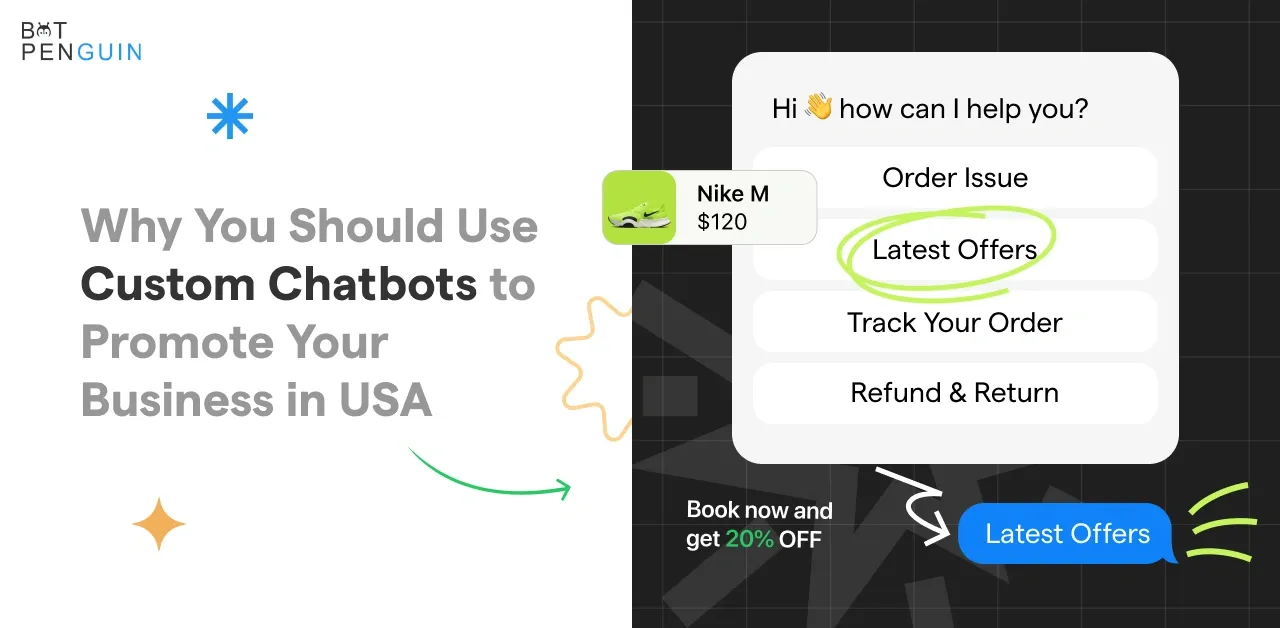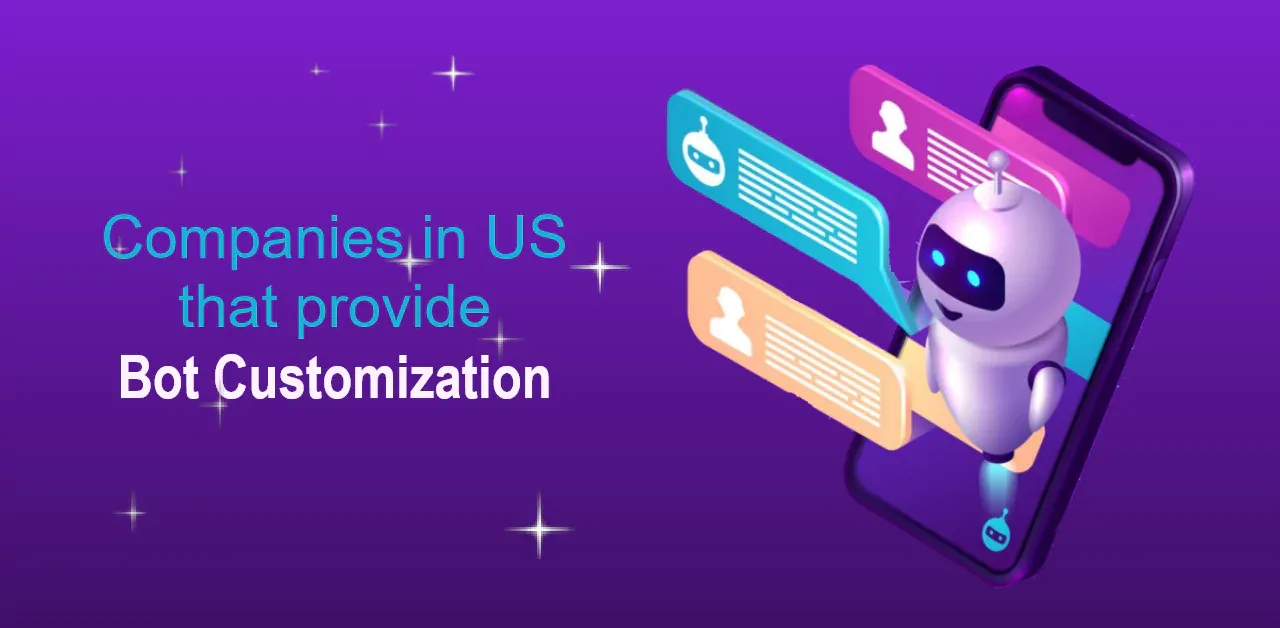Introduction
Whitelabel ChatGPT refers to a version of ChatGPT that is unbranded and can be customized for use by other companies and organizations.
Now you know ChatGPT is an AI chatbot created by Anthropic that can have natural conversations and generate human-like text on various topics. Since its launch in November 2022, ChatGPT has seen rapid adoption, with over 100 million monthly active users as of January 2023.
The whitelabel version allows companies to integrate ChatGPT's advanced natural language capabilities into their own products and services under their own brand name rather than Anthropic's. Technically, it works the same way as the original ChatGPT - using a large language model trained on massive amounts of text data to generate responses.
The key difference is that the conversations are hosted on the company's own servers, and the chatbot can be customized with a different name, avatar, personality, and training on proprietary data to tailor its responses.
This article will demonstrate what is Whitelabel Chatbot and how it works. Continue reading to know more about it.
What is Whitelabel ChatGPT?
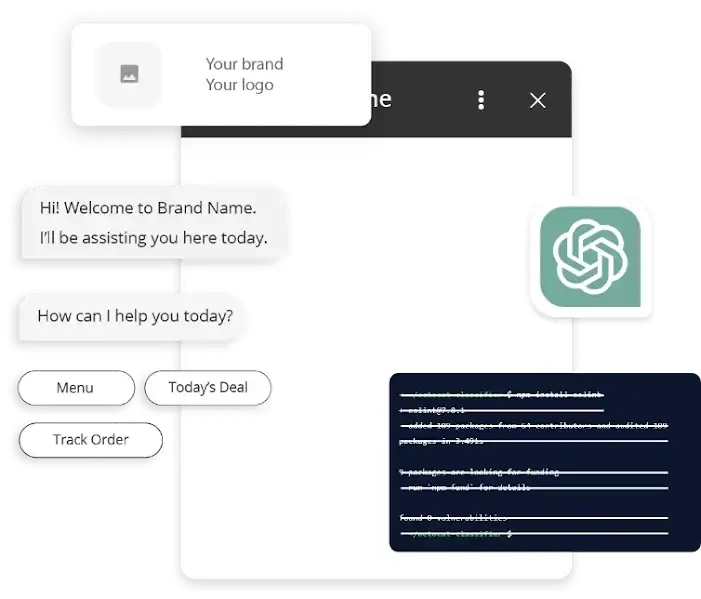
Whitelabel ChatGPT is a customizable version of OpenAI's ChatGPT that is specifically designed for businesses. It allows businesses to create their own branded conversational agents using OpenAI's powerful language model.
Whitelabel ChatGPT can be trained with specific domains, industry-specific terminology, and company knowledge, making it more tailored to the business's needs.
This customization ensures that the chatbot understands and responds to customer inquiries accurately and in a way that aligns with the brand's tone and guidelines.
The flexibility of Whitelabel ChatGPT allows businesses to integrate it into their existing systems, such as websites, messaging platforms, or customer support portals.
This enables seamless customer interactions and creates a unified experience across different touchpoints.
Comparison between OpenAI's ChatGPT and Whitelabel ChatGPT
While OpenAI's ChatGPT is a powerful language model, Whitelabel ChatGPT offers additional benefits for businesses. Let's compare the two:
Customization: Whitelabel ChatGPT can be trained and fine-tuned to understand industry-specific terminology, company policies, and customer preferences.
This makes it more suitable for businesses that require a chatbot tailored to their specific domain.
Branding: With Whitelabel ChatGPT, businesses can add their branding elements, including colors, logos, and voice, to create a consistent brand experience.
This level of branding ensures that the chatbot feels like a natural extension of the business.
Integration: Whitelabel ChatGPT can easily integrate with existing systems and platforms. This makes it seamless for businesses to incorporate it into their customer communication channels.
This integration enables efficient and convenient customer interactions.
Support and Security: Businesses using Whitelabel ChatGPT have access to dedicated support and additional security measures.
OpenAI provides assistance in onboarding, training, and maintaining the chatbot, ensuring a smooth operation.
Advantages of Whitelabel ChatGPT
In this section, we'll explore the advantages of Whitelabel ChatGPT.
Customization and Branding
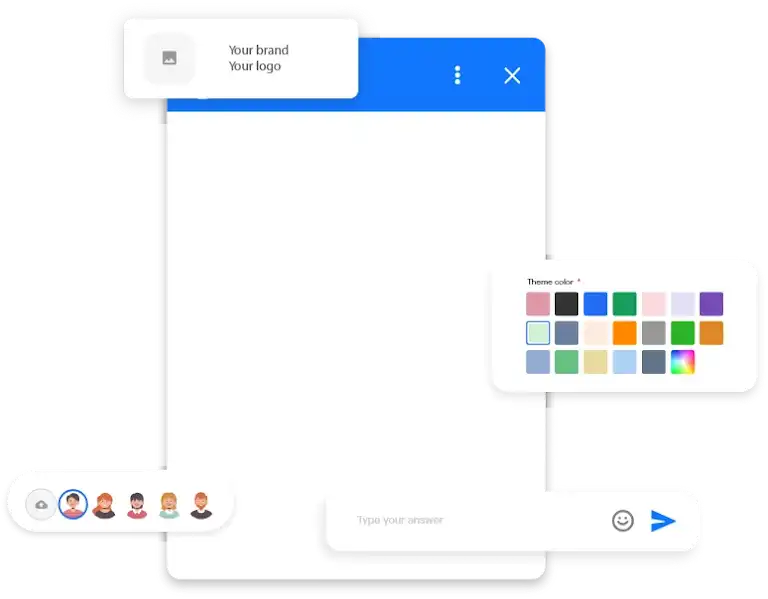
Whitelabel ChatGPT offers extensive customization options. This allows businesses to tailor the appearance and behavior of the chatbot to align with their brand.
Businesses can customize the chatbot's name, design elements, fonts, and colors, creating a visually appealing and on-brand conversational interface.
Branding the conversational AI interface helps reinforce the business's identity, build trust, and create a lasting impression on customers.
Privacy and Security
Whitelabel ChatGPT prioritizes privacy and security by ensuring businesses have full control over the data generated through chatbot interactions.
All chat interactions and user data remain within the business's infrastructure, ensuring sensitive customer information is not accessed or stored by OpenAI.
This approach provides businesses and customers with peace of mind regarding the protection of their data and maintains confidentiality.
Suggested Reading:
How to Choose the Right Whitelabel ChatGPT Platform?
Scalability and Reliability
In this section, we'll discuss the scalability and reliability features of Whitelabel ChatGPT.
Handling a Large Influx of Users and Conversations
Whitelabel ChatGPT can handle a large influx of users and conversations. It ensures a seamless and responsive conversational AI experience, even during peak periods.
Dynamic resource allocation allows the chatbot to scale its infrastructure based on demand, ensuring high availability and responsiveness to user inquiries.
Efficient conversation management enables the chatbot to handle multiple conversations simultaneously, providing prompt and accurate responses.
Now, the basics are done, and it’s time to learn the benefits BotPenguin’s Whitelabel ChatGPT partnership has for you.
BotPenguin makes it easy to launch and scale White-label ChatGPT solutions across industries like eCommerce, healthcare, finance, and more. Contact our team today to discuss pricing plans and get started building your branded ChatGPT experience.
Whitelabel ChatGPT
Hire ChatGPT Developers
Custom ChatGPT Plugins
ChatGPT Clone
ChatGPT Consultant
Integration and Extensibility with Whitelabel ChatGPT
Whitelabel ChatGPT integrates with your existing systems. So, let’s see more about it
Seamless Integration with Existing Systems
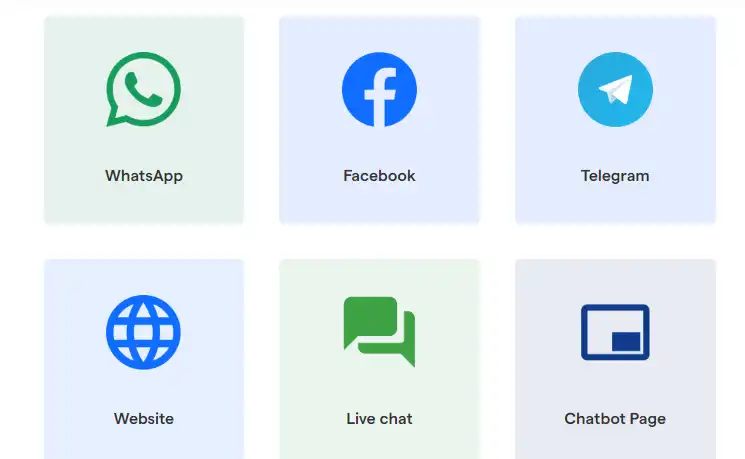
Whitelabel ChatGPT seamlessly integrates with various existing systems. It includes websites and popular messaging platforms such as Slack, WhatsApp, and Facebook Messenger.
Businesses can easily integrate the chatbot into their websites to offer live chat support or provide automated assistance to website visitors. It enhances user experience and driving conversions.
Messaging platform integration allows businesses to meet customers wherever they prefer to communicate. It ensures a seamless and convenient conversational experience across different platforms.
Extensible Features through APIs and Plugins
Whitelabel ChatGPT's extensible nature enables businesses to expand its functionality beyond standard capabilities.
OpenAI offers APIs and plugins, allowing integration of additional services, language enhancements, and connections with external systems. This flexibility empowers businesses to customize the chatbot according to their requirements and seamlessly incorporate additional AI services.
For instance, a travel company could integrate a flight booking API, enabling direct flight bookings through the chatbot, enhancing its capabilities significantly.
How Does Whitelabel ChatGPT Work?
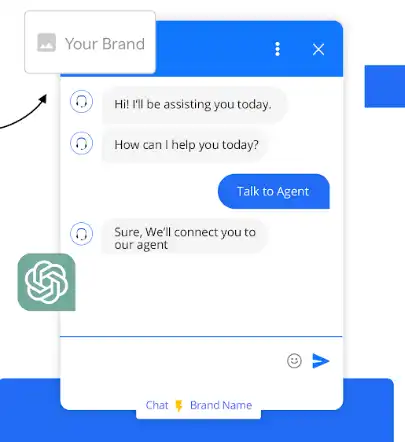
In this section, we'll explore how Whitelabel ChatGPT works by examining its training and fine-tuning process.
We'll also delve into the architecture and components of ChatGPT, understanding its Natural Language Processing (NLP) capabilities.
Training and Fine-tuning
To understand how Whitelabel ChatGPT functions, let's take a look at its training and fine-tuning process. This process involves training large language models on massive amounts of text data, followed by fine-tuning them for specific use cases.
Here's an overview of the training and fine-tuning process:
Training with Massive Text Data
Whitelabel ChatGPT begins its journey by training on diverse and extensive text data from the internet. This training process allows the model to learn patterns, understand language nuances, and grasp a wide range of topics and information.
This initial training provides the model with a solid foundation in language comprehension.
Fine-tuning for Specific Use Cases
After the initial training, OpenAI fine-tunes the ChatGPT models for specific use cases. Fine-tuning involves exposing the model to custom datasets created by OpenAI, which include demonstrations and comparisons.
This process helps shape the behavior and responses of the ChatGPT models, aligning them with specific conversational scenarios.
By fine-tuning the models, ChatGPT becomes more adept at generating relevant and contextually appropriate responses, making it an ideal choice for businesses seeking intelligent conversational AI solutions.
Conversational AI Architecture
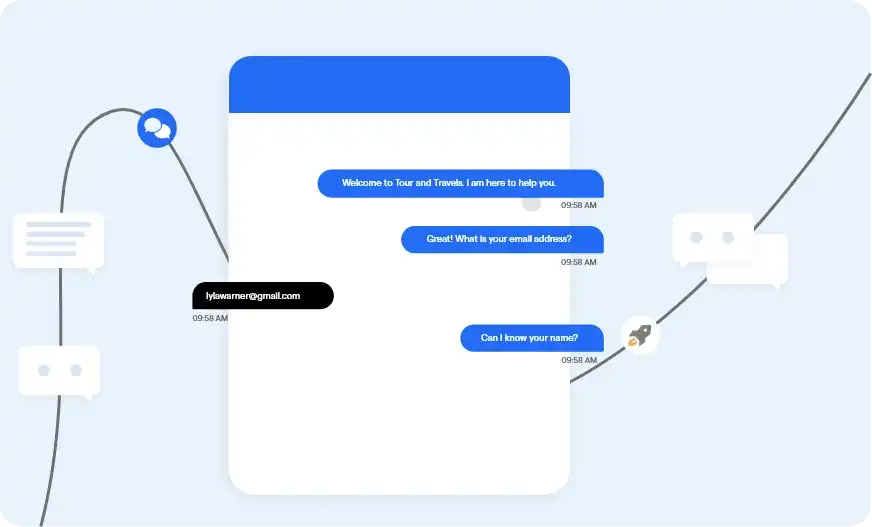
In this section, we'll explore the architecture and components of Whitelabel ChatGPT, gaining insights into its Natural Language Processing (NLP) capabilities.
Let's dive into the fascinating world of ChatGPT's conversational AI architecture!
Understanding the Core Components
Whitelabel ChatGPT consists of several core components that work harmoniously to facilitate meaningful conversations.
Natural Language Processing (NLP) Capabilities
Whitelabel ChatGPT showcases impressive Natural Language Processing (NLP) capabilities. It leverages state-of-the-art techniques to understand, interpret, and generate human-like text.
Suggested Reading:
The Future of Conversational AI: Whitelabel ChatGPT Explained
Interaction Flow
It is crucial to know how user inputs are processed and how ChatGPT generates responses. So here’s the process:
User Inputs: It all starts with the user entering their query or message. The creative, curious, and sometimes unconventional minds of users drive the conversation.
Processing and Understanding: Once the user input is received, ChatGPT springs into action. It processes the text, analyzes it, and comprehends the user's intent and context.
Through its language understanding capabilities, ChatGPT aims to decode what the user is asking or conveying.
Decision-making: With a solid grasp of the user's input, ChatGPT enters the decision-making phase. It considers the vast amount of knowledge it has acquired through training and fine-tuning, weighing its options to generate the most relevant and coherent response.
Response Generation: Armed with its decision, ChatGPT formulates its response. It carefully crafts a reply, taking into account the user's input, context, and any relevant information it has stored from previous interactions.
Response Delivery: Finally, ChatGPT presents its response to the user. The generated text is sent back, completing the loop of interaction. And just like that, a conversation is born!
Use Cases of Whitelabel ChatGPT
In this section, we'll explore the diverse and exciting use cases of Whitelabel ChatGPT.
Customer Support and Service
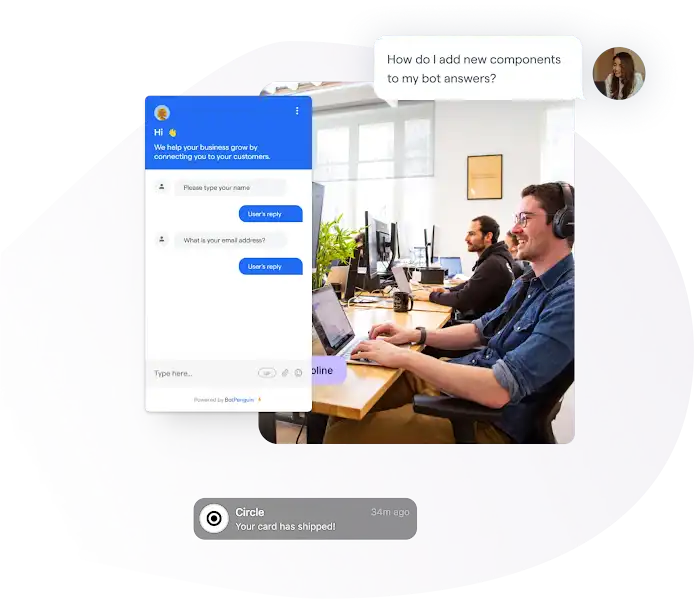
Whitelabel ChatGPT has the potential to revolutionize customer support systems. By leveraging its natural language understanding and generation capabilities, businesses can provide fast, accurate, and personalized support to their customers.
ChatGPT can handle a wide range of customer queries, resolving common issues, and providing relevant information in a conversational and intuitive manner.
Virtual Assistants and AI Chatbots
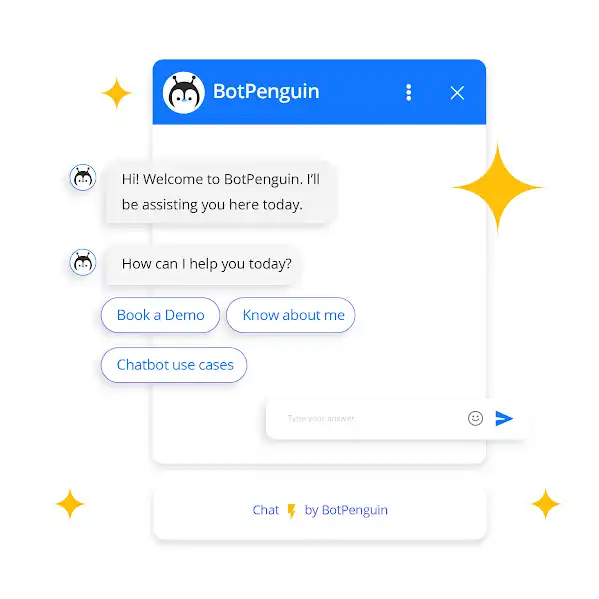
Whitelabel ChatGPT offers immense potential in building virtual assistants and AI chatbots that provide personalized and interactive experiences.
From helping users with tasks to engaging in casual conversation, ChatGPT can simulate human-like interactions. Thus making the experience more natural and enjoyable.
Content Creation and Editing
Whitelabel ChatGPT can also be a valuable tool for content creators. Whether you are a journalist, writer, or blogger, ChatGPT can assist in generating ideas, overcoming writer's block, and even help with content editing.
By providing relevant information, suggestions, and alternative phrasing, ChatGPT acts as a reliable writing companion, enhancing productivity and creativity.
Conclusion
In conclusion, Whitelabel ChatGPT allows companies to take the powerful AI capabilities of ChatGPT and integrate them into their own products and services under their own brand.
Since ChatGPT's public launch in November 2022, adoption and usage have grown astoundingly. By mid-2023, it's estimated that ChatGPT-based solutions will be integrated into nearly 40% of mobile apps and websites as virtual assistants and customer service chatbots.
Whitelabel ChatGPT can handle a large influx of users and conversations, ensuring a smooth and uninterrupted experience. Even the data says the market for AI as a service will reach $15.7 billion by 2025 as more companies license and customize solutions like Whitelabel ChatGPT.
While concerns remain around content accuracy and potential misuse, ChatGPT represents a major leap forward in natural language AI capabilities. Backed by well-implemented safety techniques, ethical AI practices, and human oversight, Whitelabel ChatGPT can transform how humans interact with technology across a wide range of industries and use cases.
This is where solutions like BotPenguin come in - providing businesses with customizable, whitelabel conversational AI that augments their customer engagement touchpoints safely, affordably, and at scale.
Suggested Reading:
Build Customized Whitelabel ChatGPT Chatbot from Scratch
Frequently Asked Questions (FAQs)
What is Whitelabel ChatGPT, and how does it differ from regular ChatGPT?
Whitelabel ChatGPT is a version of ChatGPT that can be customized and branded by businesses. It allows companies to create their own AI chatbot solutions with the same underlying technology as ChatGPT.
How does Whitelabel ChatGPT work?
Whitelabel ChatGPT works by leveraging OpenAI's powerful language model to generate human-like responses in real-time. It can be trained and fine-tuned with custom datasets to align with specific business needs and desired conversational styles.
What are the advantages of using Whitelabel ChatGPT in customer service?
Using Whitelabel ChatGPT in customer service provides businesses with the ability to offer personalized and scalable support. It can handle a large volume of customer queries, provide instant responses, and improve overall customer satisfaction.
Can Whitelabel ChatGPT be integrated with existing customer service platforms?
Yes, Whitelabel ChatGPT can be integrated with existing customer service platforms using APIs and SDKs. This allows businesses to seamlessly incorporate the chatbot into their existing workflows and systems.
Is training required to use Whitelabel ChatGPT effectively?
While training is not required to start using Whitelabel ChatGPT, it can be fine-tuned with additional data to align with business-specific requirements. Regular testing, user feedback, and iterative improvements are recommended for optimal performance.


